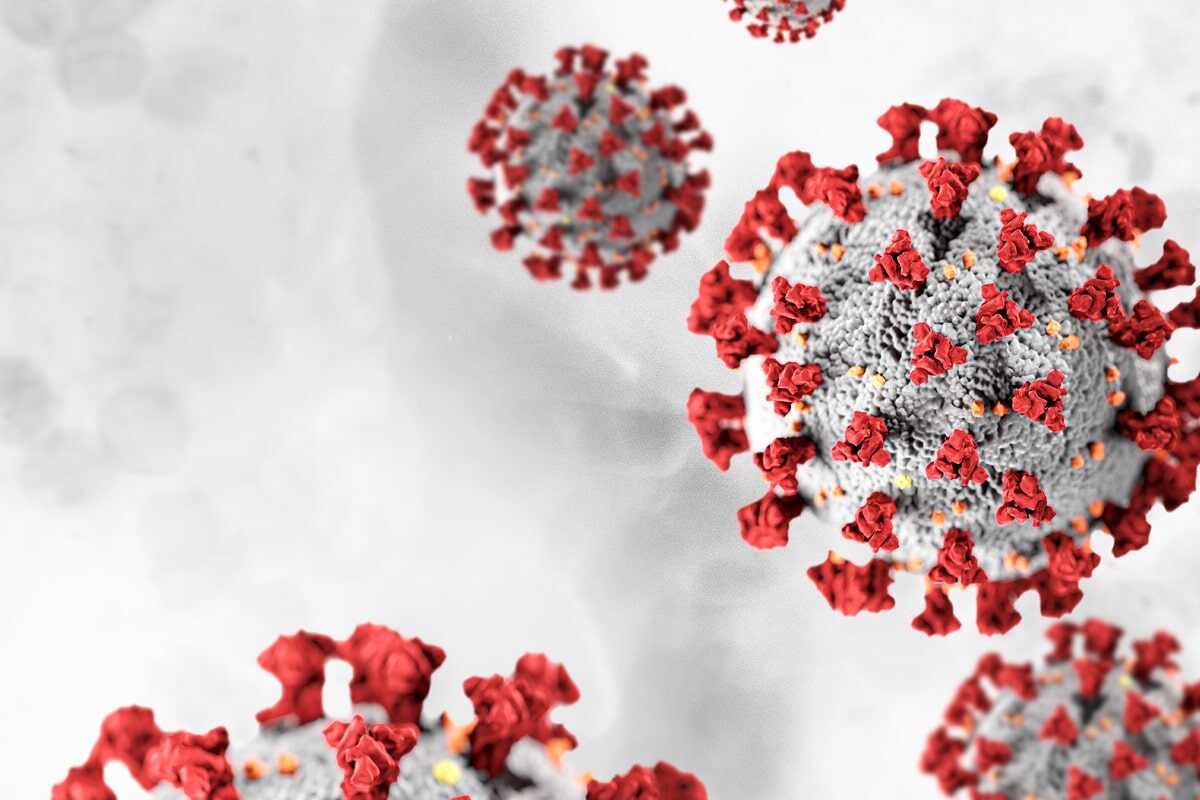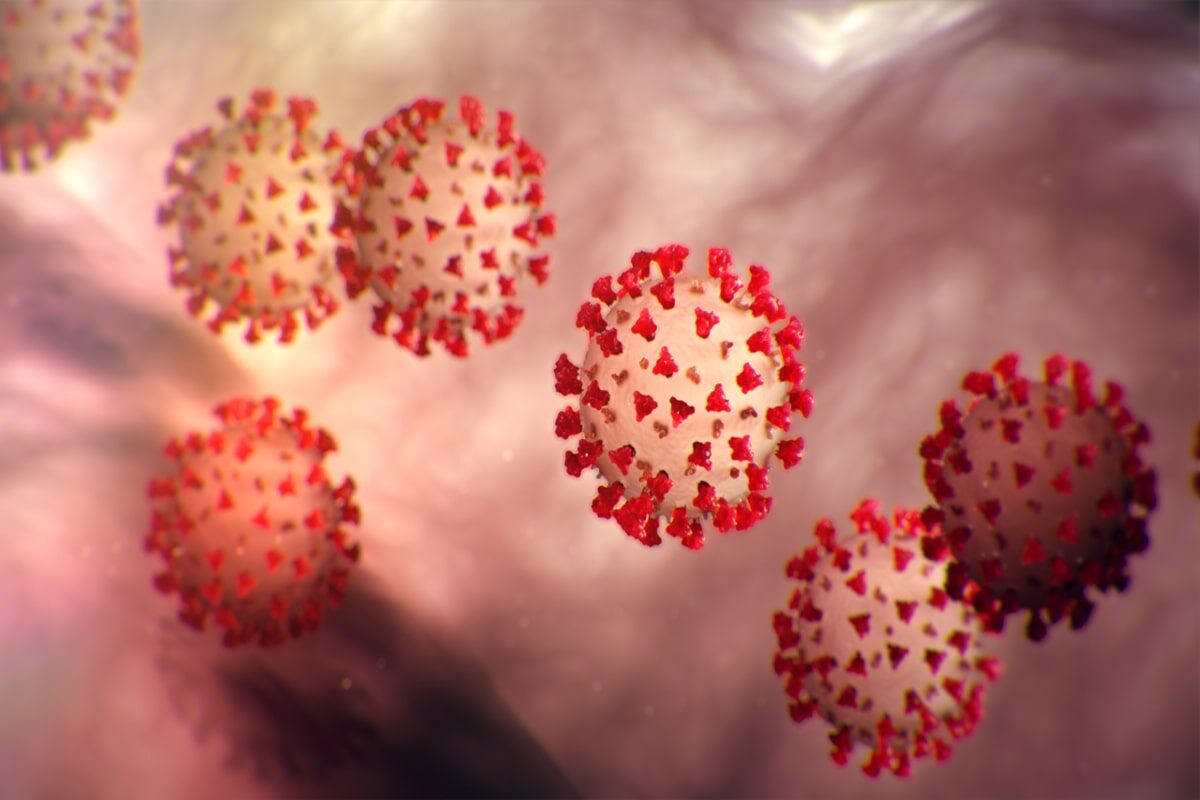Introduction
The virus spreading COVID-19 is a novel coronavirus. Not much has been known about the virus. Any accurate and authentic information about coronavirus and the related disease is of vital importance to the researchers. This information will help the researchers to tackle this pandemic more effectively. Articles published in journals are a great source of information on this new pandemic. Many journals have either reduced or have completely waived off the publication charges.
Journals Offering a Fee-Waiver for COVID-19 Articles
Many publishing houses that are into publishing the journals have waived off the article processing charges and set up a rapid review process for researches related to COVID-19. Some of these journals are:
1) PEERJ
PeerJ is one of the leading publishers of various research articles. The editorial board of PeerJ includes 5 Nobel Laureates. Started in the year 2011, it has 70000 researchers that have subscribed to PeerJ article alerts. It publishes research across 228 subjects. PeerJ has 37.5 million views and downloads. Because of the immediate need for dissemination of information on COVID-19, PeerJ has decided to waive the article processing charges on articles related to COVID-19. For more information visit https://peerj.com/blog/post/115284882180/covid-19-full-fee-waivers-fast-track-peer-review/
2) AIJR PUBLISHERS
AIJR is the publisher of open access refereed journals and books. It publishes articles related to all areas of research and technology. AIJR is involved in publishing abstract books, peer-reviewed journals, thesis, dissertation, books, conference proceedings, open access, and academic journals. The articles published through AIJR must go through the peer-review process. To distribute high-quality information through a research article on COVID-19, AIJR is inviting submissions on COVID-19. The paper would be accepted and published for free as for invited submission, the article submission fee has been waived. For more information visit https://www.aijr.in/call-for-publications-on-covid19-impact-of-coronavirus-outbreak/
3) HINDAWI JOURNAL
Hindawi is a large publishing house that publishes 230 peer-reviewed journals. With headquarters in London, the publishing house publishes approximately 20,000 articles per year. It was founded in 1997 and is the founder member of the Open Access Scholarly Publishers Association. The article processing charges of Hindawi varies according to the journal. Hindawi has been offering a fast-track review process for the articles related to COVID-19 pandemic and have the fees waived if the article is suitable for publication. For more information, please visit https://www.hindawi.com/post/sharing-findings-related-covid-19-these-extraordinary-times/?utm_source=facebook&utm_medium=owned+referral&utm_campaign=HDW_COMR_GBL_AWA_TWTR_OWN_OSOC_BLOG_X_10113
4) FRONTIERS
Frontiers is a publishing house, publishing research articles in 600 different academic disciplines. The journals are peer-reviewed before publication, and the house has more than 1,00,000 researchers for peer-reviewing. It has an open science technology platform that also includes Artificial Intelligence Review Assistant. There are more than 500 million views, and downloads, and the articles published have more than 1 million citations. The publisher has waived the Article processing charges for the manuscript in response to the COVID-19 pandemic. For more information visit https://coronavirus.frontiersin.org/
5) FACETS
Facets are Canada’s first multidisciplinary open access journals. Being a multi-disciplinary publishing house, it has various subject specialists to review the submitted articles. It has a partnership with various research organizations and helps them to disseminate the information. It publishes 20 technical and scientific journals. It publishes review articles, editorials, notes, perspectives, and science application forum papers. For the manuscript related to human epidemiology (COVID-19), the article processing charges have been waived by Facets journal. For more information, please visit https://medium.com/facets/waived-fees-for-human-epidemiology-manuscripts-5ab9283c0767
6) SAGE PUBLISHING
Sage publishing is the publisher of books and journals. The publisher is also into library products and suites including data, case studies, archives, and videos. It publishes more than 1000 journals, and 900 new books every year. It was founded in the year 1965. To provide accurate information related to COVID-19 at a faster rate, the research papers are reviewed on a fast track basis. The Sage publishing also announces to waive of article processing charges for research papers related to COVID-19. For more information please visit https://us.sagepub.com/en-us/nam/press/sage-waives-article-processing-charges-for-research-related-to-covid-19
7) AOSIS
Aosis publishers publish various journals. The house has a peer-review process. Aosis has various services such as online publication engagement, plagiarism detection management, strategic development, and indexing services management. For the articles submitted in response to the COVID-19 pandemic, the Aosis publications have announced to waive off the article processing charges. The publisher has also established a rapid review process to quickly publish the article for the immediate dissemination of information. For more information, please visit https://aosis.co.za/covid-19-apc-statement/.
8) BRITISH JOURNAL OF RADIOLOGY
British Journal of Radiology is one of the oldest scientific journals in the field of radiology. The journal has a long history dating back to 1896 and is known for publishing various landmark researches in the field of radiology. The journal publishes multidisciplinary articles related to radiotherapy, medical physics, and imaging techniques. To disseminate the information about COVID-19, the journal has announced to waive of all open access article processing charges and for rapidly reviewing the articles related to COVID-19. For more information, please visit https://www.birpublications.org/covid-19
9) BLOOD AND BLOOD ADVANCES
Blood is the journal published by The American Society of Hematology. The journal is published weekly with 52 journals a year. In the year 2018, the impact factor of the journal was 16.601. The journal is published every Thursday except in the last week of the year. The submission and publication fees for the research papers related to COVID-19 published in Blood and Blood Journals are waived. For more information, please visit https://ashpublications.org/journals/pages/covid_19


